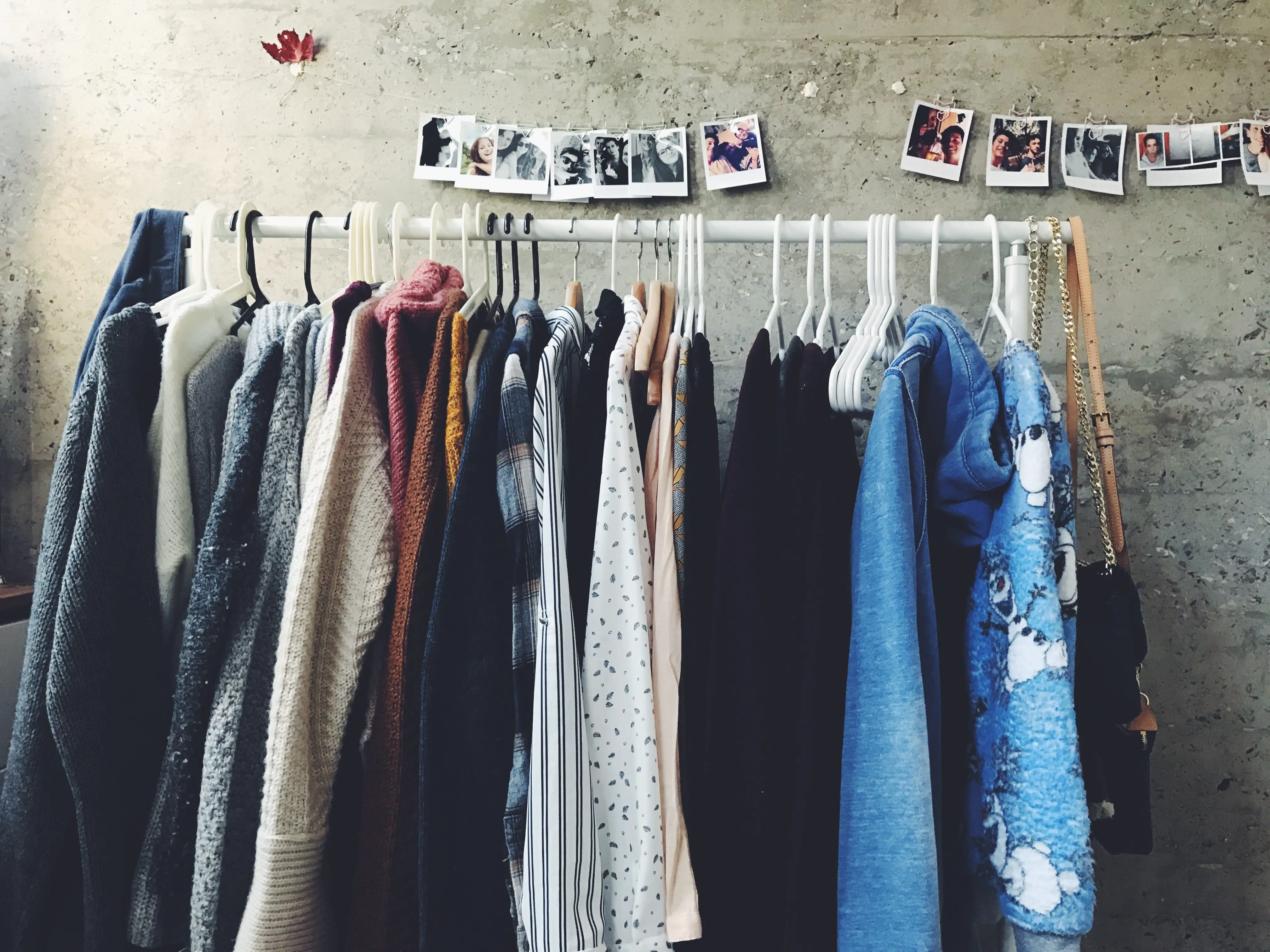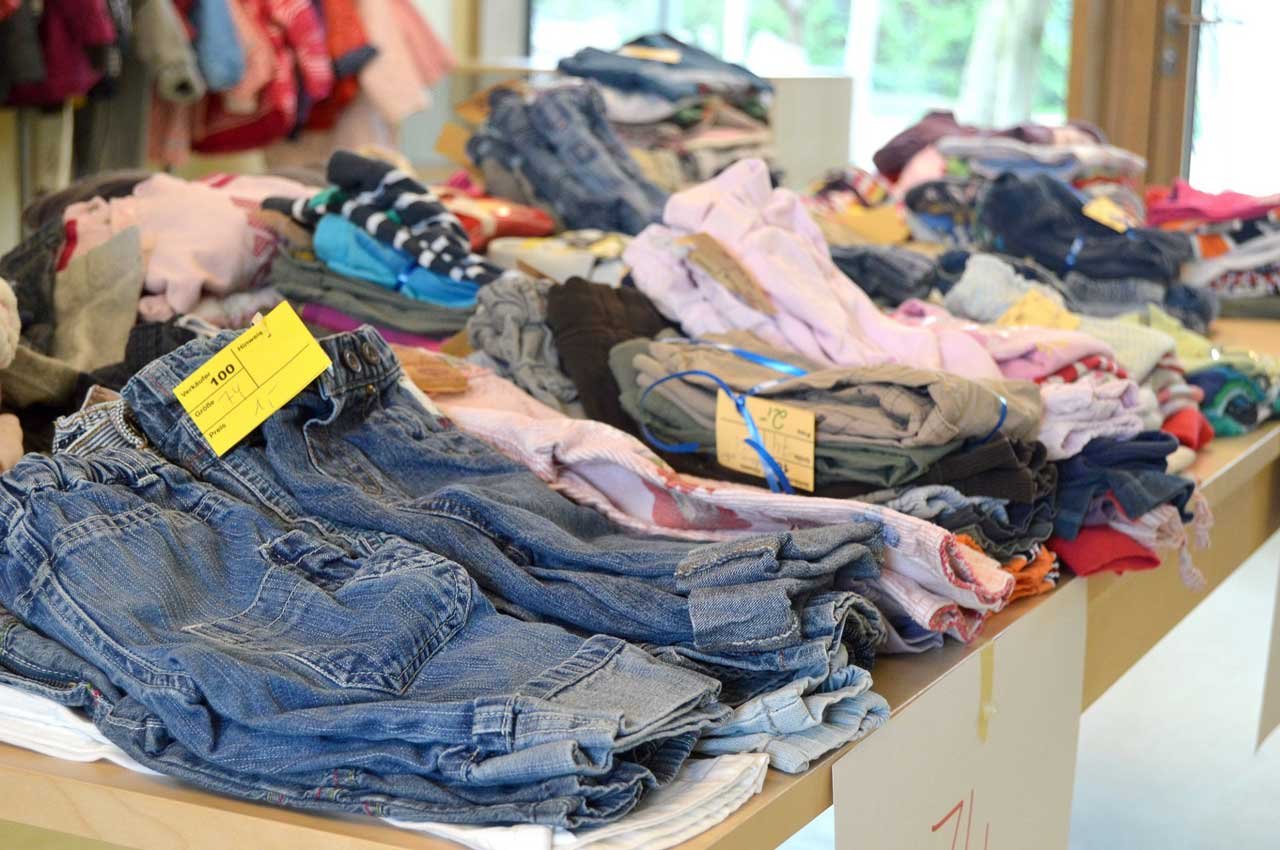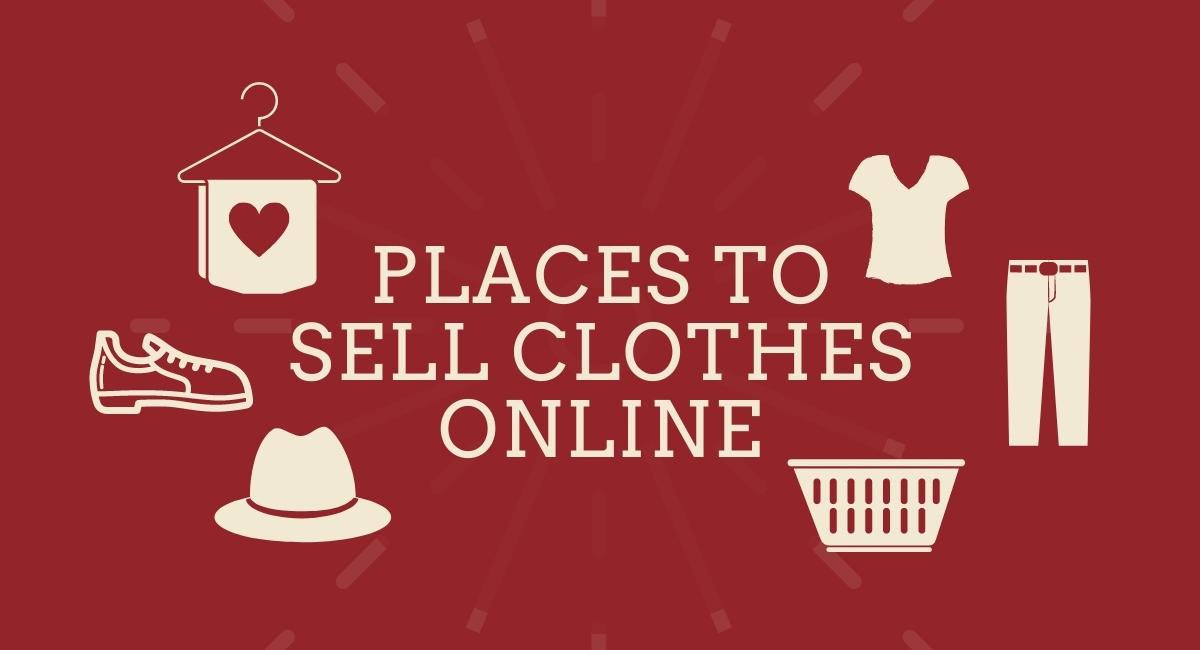Why Selling Your Used Clothes is a Great Idea
Selling used clothes is a great way to declutter your closet, make some extra money, and reduce waste. With the growing demand for sustainable fashion, giving your clothes a second life has never been more appealing. The fashion industry is one of the largest polluters in the world, and buying second-hand is an effective way to reduce your carbon footprint. By selling your used clothes, you can help extend the life of your garments and reduce the need for new, resource-intensive clothing.
In addition to the environmental benefits, selling used clothes can also be a lucrative venture. With the rise of online marketplaces and social media, it’s easier than ever to connect with potential buyers and get a good price for your gently used items. Whether you’re looking to make some extra cash or simply declutter your closet, selling used clothes is a great way to achieve your goals.
When considering where to sell your used clothes, it’s essential to think about the type of items you have and the target audience you’re trying to reach. For example, if you have high-end or designer items, you may want to consider consignment stores or specialized online platforms. On the other hand, if you have more casual or everyday items, online marketplaces or social media may be a better fit.
Regardless of where you choose to sell your used clothes, the key to success is to present your items in the best possible light. This means taking good photos, writing accurate descriptions, and pricing your items competitively. By doing so, you can attract potential buyers and increase your chances of making a sale.
So why not give your gently used clothes a second life? With the right approach and a little creativity, you can turn your unwanted items into cash and help reduce waste in the process. Whether you’re a seasoned seller or just starting out, the opportunities are endless, and the benefits are clear.
How to Prepare Your Used Clothes for Sale
Before listing your used clothes for sale, it’s essential to prepare them to attract potential buyers. This involves cleaning, ironing, and taking good photos to showcase your items in the best possible light. Accurate descriptions and pricing are also crucial to ensure a smooth and successful transaction.
Cleaning and ironing your used clothes can make a significant difference in their appearance and appeal. Remove any stains, odors, or wrinkles to make your items look fresh and new. Consider using a steamer or iron to remove wrinkles and creases, and use a gentle detergent to clean any stains or spots.
Taking good photos is also vital to showcase your used clothes in the best possible light. Use natural light, and consider using a tripod or photo studio to ensure clear and well-lit images. Take photos of your items from different angles, and include close-ups of any notable features, such as buttons, zippers, or embroidery.
When writing descriptions of your used clothes, be accurate and honest about the condition, size, and material of each item. Include any flaws or defects, and provide measurements to ensure a good fit. Use keywords relevant to the item, such as “vintage,” “designer,” or “plus-size,” to help buyers find your listings.
Pricing your used clothes competitively is also crucial to attract buyers. Research similar items online to determine a fair and competitive price, and consider offering discounts or promotions to incentivize sales. Keep in mind that pricing too high can deter buyers, while pricing too low can result in losses.
By preparing your used clothes for sale, you can increase their appeal and attract potential buyers. Remember to clean, iron, and take good photos, and provide accurate descriptions and pricing to ensure a smooth and successful transaction. With these tips, you can maximize your earnings and minimize hassle when selling your used clothes.
Online Marketplaces to Sell Your Used Clothes
When it comes to selling used clothes, online marketplaces are a popular option. These platforms provide a convenient and accessible way to reach a large audience of potential buyers. Some of the most popular online marketplaces for selling used clothes include eBay, Poshmark, and ThredUp.
eBay is one of the largest online marketplaces, with a vast user base and a wide range of categories. It’s a great platform for selling used clothes, especially if you have rare or high-end items. However, eBay charges a fee for each sale, which can range from 8% to 12.5% of the sale price.
Poshmark is another popular online marketplace for selling used clothes. It’s known for its social features, which allow users to share photos and descriptions of their items with a community of potential buyers. Poshmark charges a flat fee of $2.95 for sales under $15, and 20% of the sale price for items over $15.
ThredUp is a online consignment store that specializes in gently used women’s and children’s clothing. It’s a great option for selling used clothes, especially if you have high-end or designer items. ThredUp charges a commission fee on each sale, which ranges from 10% to 50% of the sale price.
When choosing an online marketplace to sell your used clothes, consider the fees, target audience, and ease of use. Each platform has its own unique features and benefits, so it’s essential to research and compare them before making a decision. Additionally, make sure to read and follow each platform’s guidelines and policies to ensure a smooth and successful transaction.
By selling your used clothes on online marketplaces, you can reach a large audience of potential buyers and make some extra money. Whether you’re looking to declutter your closet or make a profit, online marketplaces are a great option to consider. So, where to sell your used clothes? Online marketplaces are a great place to start.
Consignment Stores and Local Options
Consignment stores and local brick-and-mortar shops are another option for selling used clothes. These stores typically accept gently used items and sell them on behalf of the owner, taking a commission on the sale price. Consignment stores can be a great way to get immediate cash for your used clothes, and they often have a loyal customer base looking for high-quality, second-hand items.
When considering consignment stores, research local options in your area and read reviews to find the best fit for your needs. Some consignment stores specialize in specific types of clothing, such as designer or vintage items, while others may accept a wide range of gently used clothing. Be sure to ask about the store’s commission rates, payment terms, and any requirements for the condition and quality of the items you want to sell.
In addition to consignment stores, you can also consider selling your used clothes to local brick-and-mortar shops. Some stores may offer cash or store credit for gently used items, while others may accept items on a consignment basis. Local shops can be a great option if you want to get rid of your used clothes quickly and easily, and they often have a loyal customer base looking for second-hand items.
When selling to local shops, be sure to call ahead and ask about their buying policies and procedures. Some shops may have specific requirements for the condition and quality of the items they accept, and they may offer different prices for different types of clothing. By doing your research and finding the right local shop, you can get a good price for your used clothes and support your local community.
Consignment stores and local shops can be a great option for selling used clothes, especially if you want to get immediate cash or support your local community. By researching local options and finding the best fit for your needs, you can get a good price for your gently used items and give them a second life.
Specialized Platforms for Designer or Vintage Items
If you have designer or vintage items to sell, there are specialized platforms that can help you reach a targeted audience. The Real
Apps and Social Media for Selling Used Clothes
Apps and social media platforms have made it easier than ever to sell used clothes. Platforms like Depop, Instagram, and Facebook Marketplace have become popular destinations for buying and selling second-hand clothing. These platforms offer a range of benefits, including ease of use, a large user base, and the ability to showcase items through high-quality photos and videos.
Depop is a social marketplace that allows users to buy and sell a range of items, including clothing, accessories, and electronics. The platform is popular among younger generations, and its user base is known for being fashion-conscious and eager to discover new and unique items.
Instagram is another popular platform for selling used clothes. The app’s visual nature makes it ideal for showcasing clothing and accessories, and its large user base provides a vast potential market for sellers. Instagram also offers a range of features, including Instagram Shopping and Instagram Stories, that make it easy to list and promote items for sale.
Facebook Marketplace is a platform that allows users to buy and sell items within their local communities. The platform is popular among people looking for second-hand items, and its ease of use and large user base make it an ideal destination for selling used clothes.
To use these platforms effectively, it’s essential to create high-quality listings that showcase your items in the best possible light. This includes using good photos, writing detailed descriptions, and setting competitive prices. It’s also important to engage with potential buyers, respond to messages promptly, and provide excellent customer service.
By using apps and social media platforms to sell used clothes, you can reach a large and targeted audience, showcase your items in a visually appealing way, and make sales quickly and easily. Whether you’re looking to declutter your closet or make some extra money, these platforms are definitely worth considering.
Tips for Pricing and Negotiating
Pricing and negotiating are crucial steps in the process of selling used clothes. To price your items competitively, research similar items online to determine their market value. Consider the condition, rarity, and demand for the item, as well as the prices of similar items on various platforms.
When pricing your items, be realistic and flexible. Keep in mind that buyers may try to negotiate, so be prepared to compromise on the price. It’s also essential to be transparent about the condition and any flaws of the item, as this can affect the price and the buyer’s expectations.
Negotiating with buyers can be challenging, but it’s a normal part of the selling process. Be open to reasonable offers and counteroffers, and be willing to compromise on the price. Remember that the goal is to sell the item, not to make a huge profit.
To negotiate effectively, communicate clearly and politely with the buyer. Respond promptly to messages and be transparent about the item’s condition and any flaws. Be prepared to provide additional photos or information to help the buyer make a decision.
Additionally, consider offering discounts or promotions to attract more buyers and increase sales. This can include offering free shipping, bundling items together, or providing a discount for bulk purchases.
By pricing your items competitively and negotiating effectively, you can increase your chances of selling your used clothes quickly and efficiently. Remember to stay flexible, be transparent, and communicate clearly with buyers to ensure a smooth and successful transaction.
Maximizing Your Earnings and Minimizing Hassle
To maximize your earnings and minimize hassle when selling used clothes, there are several tips to keep in mind. First, use shipping labels to streamline the shipping process and save time. This can also help you to track packages and ensure that they are delivered to the buyer on time.
Tracking packages is also essential to ensure that they are delivered safely and efficiently. This can help to build trust with buyers and reduce the risk of disputes or issues with delivery.
Providing excellent customer service is also crucial to maximizing earnings and minimizing hassle. Respond promptly to messages and inquiries from buyers, and be transparent about the condition and any flaws of the item.
Additionally, consider offering free shipping or discounts for bulk purchases to attract more buyers and increase sales. This can also help to build a positive reputation and encourage repeat business.
Finally, keep accurate records of your sales and expenses to ensure that you are making a profit and to minimize hassle when it comes to taxes and accounting.
By following these tips, you can maximize your earnings and minimize hassle when selling used clothes. Remember to stay organized, be transparent, and provide excellent customer service to build a positive reputation and attract repeat business.





